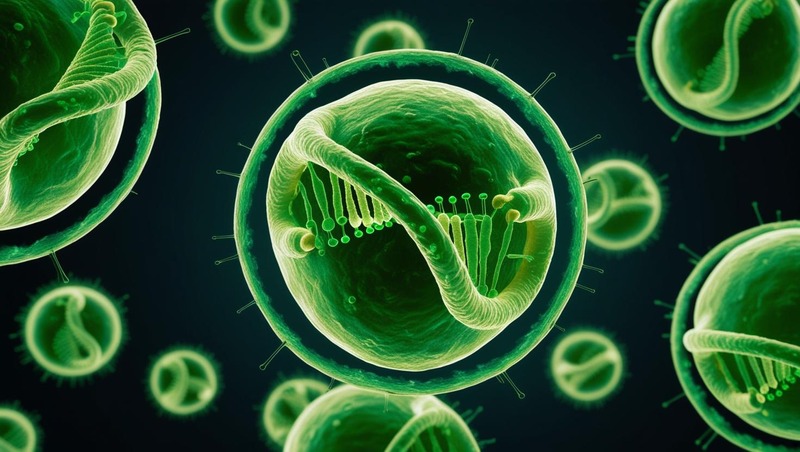Loading...
Learn everything about plasmid design and construction in molecular biology — from cloning strategies and vector selection to software tools and troubleshooting tips. Ideal for researchers, students, and biotech professionals.
Gentaur
Scientific Publications

A plasmid is a small, circular, double-stranded DNA molecule capable of autonomous replication within a host organism. Naturally occurring in bacteria, plasmids are widely utilized in molecular biology as vectors to introduce, replicate, and express foreign genes in target cells.
Plasmids serve as versatile tools for :
-Gene cloning
-Protein overexpression
-RNA interference
-Genome editing (e.g., CRISPR-Cas9)
-Viral vector production
Successful experimental outcomes often hinge on thoughtful plasmid design . Poorly designed vectors can lead to low transfection efficiency, unstable gene expression, or even failed experiments. Key considerations include:
-Promoter strength and specificity
-Selection markers (e.g., antibiotic resistance)
-Multiple Cloning Site (MCS) compatibility
-Reporter gene integration
-Regulatory sequences (enhancers, terminators)
Each element must be tailored to the intended application and host system to ensure reproducibility and functionality.
Every well-designed plasmid contains several core components that dictate its function and utility :
Determine whether your goal is gene overexpression, knockdown, tagging, or editing.
Select a backbone based on:
-Host cell type (eukaryotic vs. prokaryotic)
-Copy number requirements
-Expression system needs
Public repositories like Addgene offer thousands of validated plasmid backbones.
Ensure your gene of interest includes:
-Start/stop codons
-Appropriate regulatory sequences
-Compatibility with the MCS
Use bioinformatics tools to confirm sequence accuracy and avoid unwanted mutations.
Common methods include:
-Restriction enzyme cloning
-Gibson Assembly
-Golden Gate Assembly
-TA cloning
-In-Fusion Cloning
Choose a method based on time, cost, and complexity.
Transform competent E. coli cells and screen colonies via:
-Colony PCR
-Restriction digest
-Blue-white screening (if applicable)
Perform Sanger sequencing or NGS to validate insert orientation, sequence fidelity, and absence of mutations.
Several advanced platforms simplify plasmid design and analysis :
These tools help reduce errors and accelerate the design process.
Even experienced researchers face challenges during plasmid construction. Here’s a quick reference guide :
Keeping detailed lab notes and validating each step can prevent costly setbacks.
Custom-designed plasmids are indispensable across multiple disciplines:
-CRISPR-Cas9 systems : For targeted genome editing
-Protein overexpression : Used in structural biology and drug discovery
-RNAi technology : To study gene silencing
-Viral vector production : For lentiviruses, AAVs, and adenoviruses
-Synthetic biology : Building complex genetic circuits
-mRNA vaccine development : Encoding antigens for immunization
With services like custom plasmid synthesis now available from leading biotech companies (e.g., IDT, GenScript, Twist Bioscience), researchers can receive high-quality constructs within days
The future of plasmid engineering is being shaped by advances in synthetic biology and precision medicine:
-Minimal plasmids : Reduced size for higher stability and transfection efficiency
-Episomal vectors : Non-integrating plasmids ideal for transient expression
-Inducible systems : On-demand gene regulation using external triggers
-Self-replicating RNAs : Used in next-gen mRNA vaccines
-AI-assisted design : Machine learning models predicting optimal vector configurations
These innovations are paving the way for safer and more efficient gene therapy and vaccine platforms.